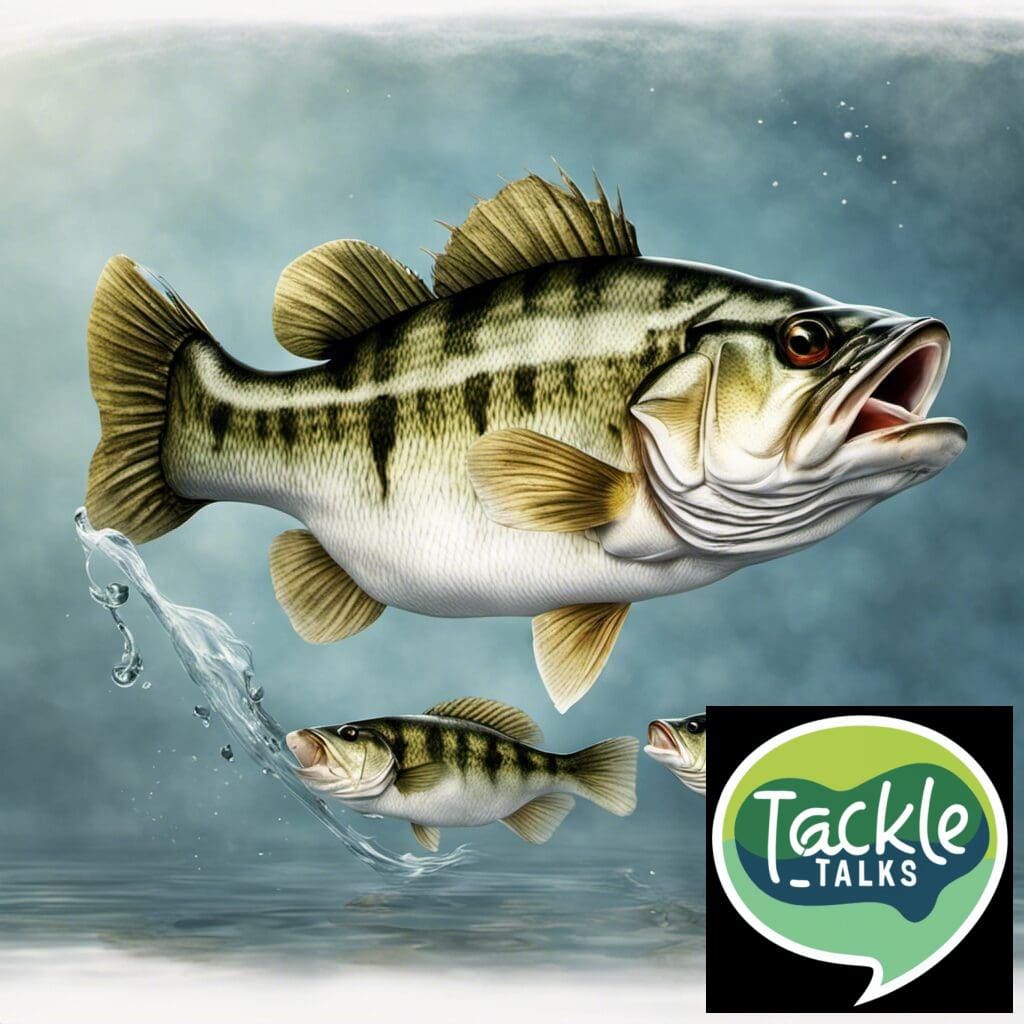Introduction
The White Bass (Morone chrysops), also known as silver bass, is part of the Moronidae family. It’s a freshwater species famous among anglers for its strong fighting abilities.
Conservation Status
The White Bass is currently in the “Least Concern” category in terms of conservation status. Due to their widespread distribution and extensive population, they are not currently seen as endangered. Nonetheless, continuous monitoring of their habitats is integral to ensure stable populations.
Statistics
| Statistic | Average | Range |
|---|---|---|
| Length | 16 inches | 10-20 inches |
| Weight | 2.4 pounds | 1-5 pounds |
| Average Lifespan | 4-7 years | n/a |
Distribution
White Bass are native to central US and Canada, extending from the Appalachians all the way to the Rockies. They inhabit the freshwater tributaries of the Mississippi River. No specific migration patterns are reported, but they tend to move towards the warm surface waters during summer and deeper during colder months.
Habitats
The species prefers freshwater environments, generally inhabiting the middle and lower sections of rivers and reservoirs. The ideal water temperature lies between 10-27°C (50-80°F). They can be found in a wide depth range, although they are usually found in shallow to moderately deep waters.
When and Where to See
Spring to fall is the best time to encounter White Bass, as they are actively feeding and laying eggs. During these seasons, early morning or late afternoon provides the best chances for spotting them.
Best Fishing Locations
White Bass are spread across various locations in the U.S. Some of the top places to fish for them include:
- Lake Sinclair, Georgia
- Clinton Reservoir, Kansas
- Lake Texoma, Texas/Oklahoma
- Wolf River, Wisconsin
- Cumberland River, Kentucky
General Tips: They are most commonly found in the middle and lower sections of rivers and reservoirs as they do not prefer moving water.
How to Catch
White Bass are highly aggressive, making lures such as live shad, minnows, or artificial jigs highly effective. Techniques such as trolling and jerk baiting are commonly used. The best time to fish for White Bass is during their spring spawning run.
Identification Guide
White Bass are silver-grey to white with several distinct, horizontal black stripes along their sides. They are often confused with Striped Bass, but Striped Bass have a sleeker shape and continuous stripes, while White Bass stripes are often broken.
Culinary
White Bass are known for their strong, fishy flavor. They can be grilled, baked, or pan-fried. Nutritionally, they provide high levels of protein and omega-3 fatty acids. Recipes often involve ingredients like lemon and dill to balance the robust fish flavor.
Additional Information
The White Bass are highly predatory, dining on a diet of small fish and insects. Their natural predators include Larger Bass, Northern Pike, and Walleye. Human-induced threats primarily include habitat destruction and pollution.
References and Further Reading
For additional information, refer to “Freshwater Fishes of the Northeastern United States” by Robert G. Werner and “Field Guide to Freshwater Fishes of North America North of Mexico” by Lawrence M. Page and Brooks M. Burr.

